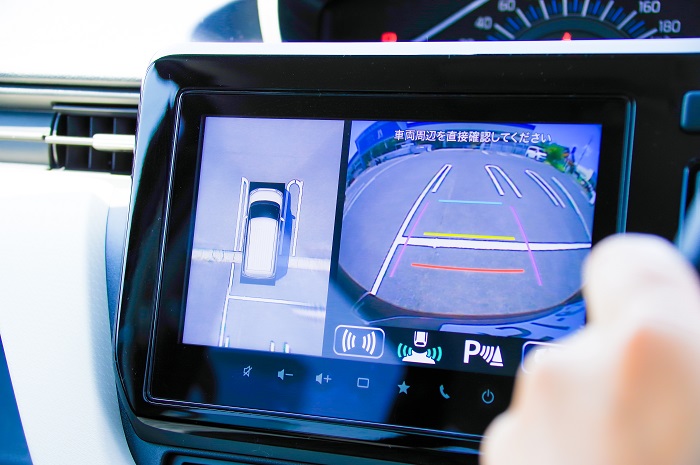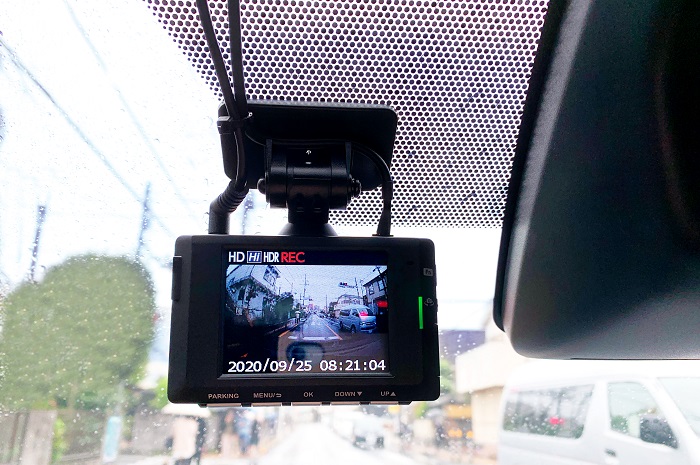Displays on smartphones, tablets, and laptops are treated to make them difficult to see from an angle, so that others cannot easily peek at them. However, since in-vehicle displays are often viewed from an angle and must be visible even from such angles, their surface treatment differs from that of smartphones and tablets.

In-vehicle displays have evolved and changed significantly with the electrification of automobiles, and they now display not only the speedometer and tachometer but also a variety of other information. And since many of them are displayed as digital images, there is increasing demand for more functional performance, such as backlight brightness, display directivity, higher image quality, and longer lifespan.

It is said that rear-view mirrors and door mirrors will disappear in the future. The rear-view mirror area will display images from the rear camera, and images from cameras mounted at the positions of the door mirrors will be displayed in the cockpit or at the door mirror positions.
Since all external visual information is consolidated on the cockpit display, it would be unacceptable from a safety perspective if the display became difficult to see due to the effects of sunlight. Therefore, a visibility evaluation (sensory evaluation) of how the in-vehicle display appears is essential.
Natural sunlight enters the car at various angles. Also, there are both shaded and sunlit areas inside the car, so the combinations of human pupil size and display brightness are infinite. What is the optimal display brightness when the surroundings are dark, but sunlight is shining on the display? Such evaluations are also necessary.
A light source device capable of emitting light with brightness equivalent to direct sunlight is required to reproduce various lighting environments, including the one just mentioned.

XELIOS artificial solar lighting plays a major role in evaluating the visibility of displays exposed to direct sunlight. In particular, the super spotlight type XG-500AFSS has been adopted by many display manufacturers.
The three reasons why artificial solar lighting is chosen by customers are:
1. It has spectral characteristics that are extremely close to those of natural sunlight.
2. There is very little change over time.
3. There is no flicker since it uses DC lighting.
If you would like to quantitatively evaluate how displays appear under various lighting conditions, or if you wish to reproduce sunlight entering a car interior indoors, please consult SERIC, which has extensive experience.